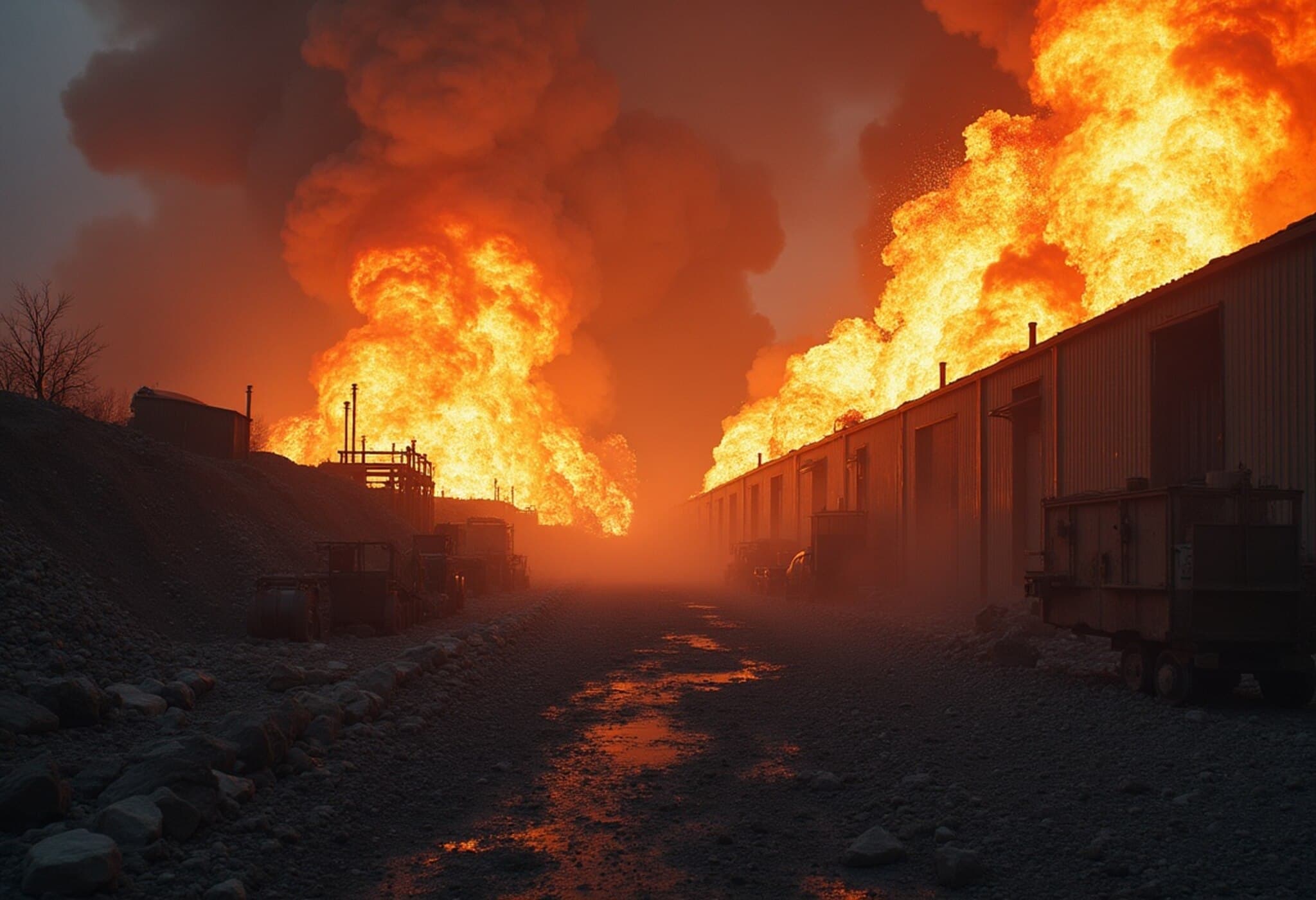Tragic Shooting in Tremonton Claims Lives of Two Police Officers
In a harrowing event that has deeply impacted the quiet northern Utah community of Tremonton, two police officers lost their lives and another officer was injured during an intense shooting incident on Sunday. The confrontation, which began as a domestic dispute call, quickly escalated into a deadly gunfire exchange, leaving residents and law enforcement grappling with the aftermath.
Sequence of Events: From Domestic Call to Deadly Confrontation
Authorities responded to reports of a domestic dispute in a residential neighborhood of Tremonton, a city of just about 10,000 residents located roughly 75 miles north of Salt Lake City. Upon arrival, the officers encountered immediate gunfire. According to Police Detective Crystal Beck from Brigham City, the responding officers quickly requested backup before communication with them was lost.
Tragically, two officers were fatally shot in the initial exchange. A third officer—a sheriff’s deputy—and a police dog were also wounded and transported to the hospital, where they remain in fair condition.
Community and Law Enforcement Response
Eyewitnesses played a crucial role in the aftermath by convincing the suspect to surrender his weapon. This cooperation likely prevented further loss of life. Following the suspect's surrender, SWAT teams evacuated the suspect’s home to secure the area, ensuring no additional threats lingered.
Apprehension and Charges
The suspect, whose identity has not been publicly disclosed pending investigation, was arrested and charged with aggravated murder. The incident has triggered a broad response from local and state law enforcement, highlighting the inherent dangers officers face even on routine calls.
Expert Insight: The Risks of Domestic Dispute Calls
Domestic dispute calls are among the most unpredictable and perilous situations officers confront. According to criminologists and law enforcement analysts, the emotional volatility in domestic environments often masks underlying risks that can quickly spiral into violence.
In Utah and across the United States, law enforcement agencies continually train officers on de-escalation techniques and rapid threat assessment to safeguard both civilians and responders. However, as this incident underscores, even the best preparations cannot eliminate risk entirely.
Broader Context and Policy Considerations
- Officer Safety Protocols: The tragedy highlights ongoing debates about improving protective measures, including enhanced body armor and rapid response coordination.
- Community Policing Efforts: Building trust and communication channels between law enforcement and communities can be lifesaving, as witnessed by the role of witnesses in convincing the suspect to surrender.
- Mental Health and Domestic Violence: The incident raises questions about the availability and integration of mental health resources in handling domestic conflicts to potentially prevent escalation.
Impact on Tremonton and Beyond
For a small city like Tremonton, such a violent loss of law enforcement personnel resonates profoundly. The community mourns the fallen officers and supports those injured. Memorials and tributes have started to appear, reflecting the collective grief and appreciation for the men and women serving on the frontlines.
Looking Forward
This tragedy highlights the urgent need for comprehensive strategies to ensure police and community safety, particularly during volatile domestic disputes. It also calls for sustained attention to the emotional and psychological toll on first responders and the communities they serve.
Editor’s Note:
The fatal shooting in Tremonton is a sobering reminder of the dangers inherent in routine police duties, especially calls involving domestic violence. As law enforcement agencies nationwide reassess protocols and community partnerships, questions remain about how best to protect officers while addressing complex social challenges underlying such incidents. Readers are encouraged to reflect on the interplay of law enforcement, mental health services, and community resilience in preventing future tragedies.












